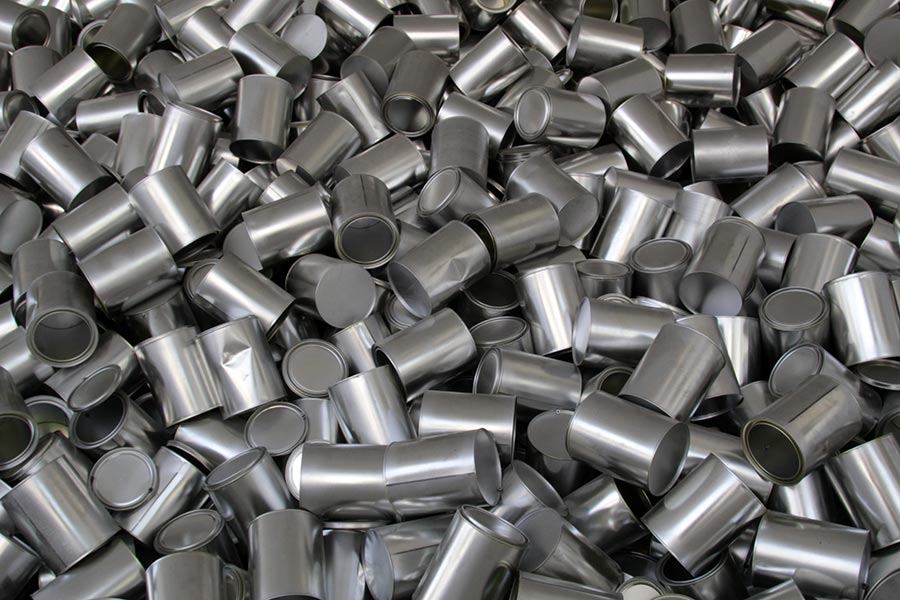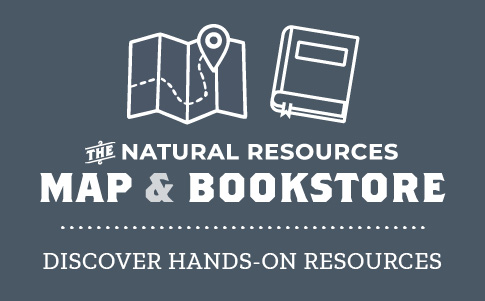- DWR reminding public 'don't ditch a fish' after discovering fish illegally introduced into Lloyds Lake
- DWR reminds people when to report a wildlife sighting
- See mule deer at upcoming DWR viewing event
- Drivers reminded to watch for deer during peak migration seasons, darker commuting months
- New to bird-watching? Attend 2 upcoming DWR events to learn tips and see birds during fall migrations
- DWR implementing mandatory testing for chronic wasting disease in Ogden hunting unit, proposing other updates
- Have a big game or swan hunting permit this fall? Don't forget to submit mandatory harvest report
- Visit upcoming exhibit at Hardware Wildlife Education Center to learn about turkeys in Utah
Magnesium
The Great Salt Lake provides almost all of the magnesium in the United States and 14% of the world's supply.
The compound magnesium chloride is found naturally in the lake, and undergoes chemical reactions to split the magnesium from the chlorine. Magnesium, in its pure, metallic form, is commonly used in alloys with aluminum (for malleability), iron (for strength), steel (to decrease its brittleness) and titanium (for lightness and strength).
The largest single consumption of magnesium is for the production of aluminum beverage cans. Other uses include metal for aircraft, automobile sheets, crankcases, computers, cell phones, hand tools, pyrotechnics, motor oil, and pharmaceuticals. The chlorine extracted from magnesium chloride is used to purify water, but its emission is also a point of contention for air and water quality regulations around the facility.



















